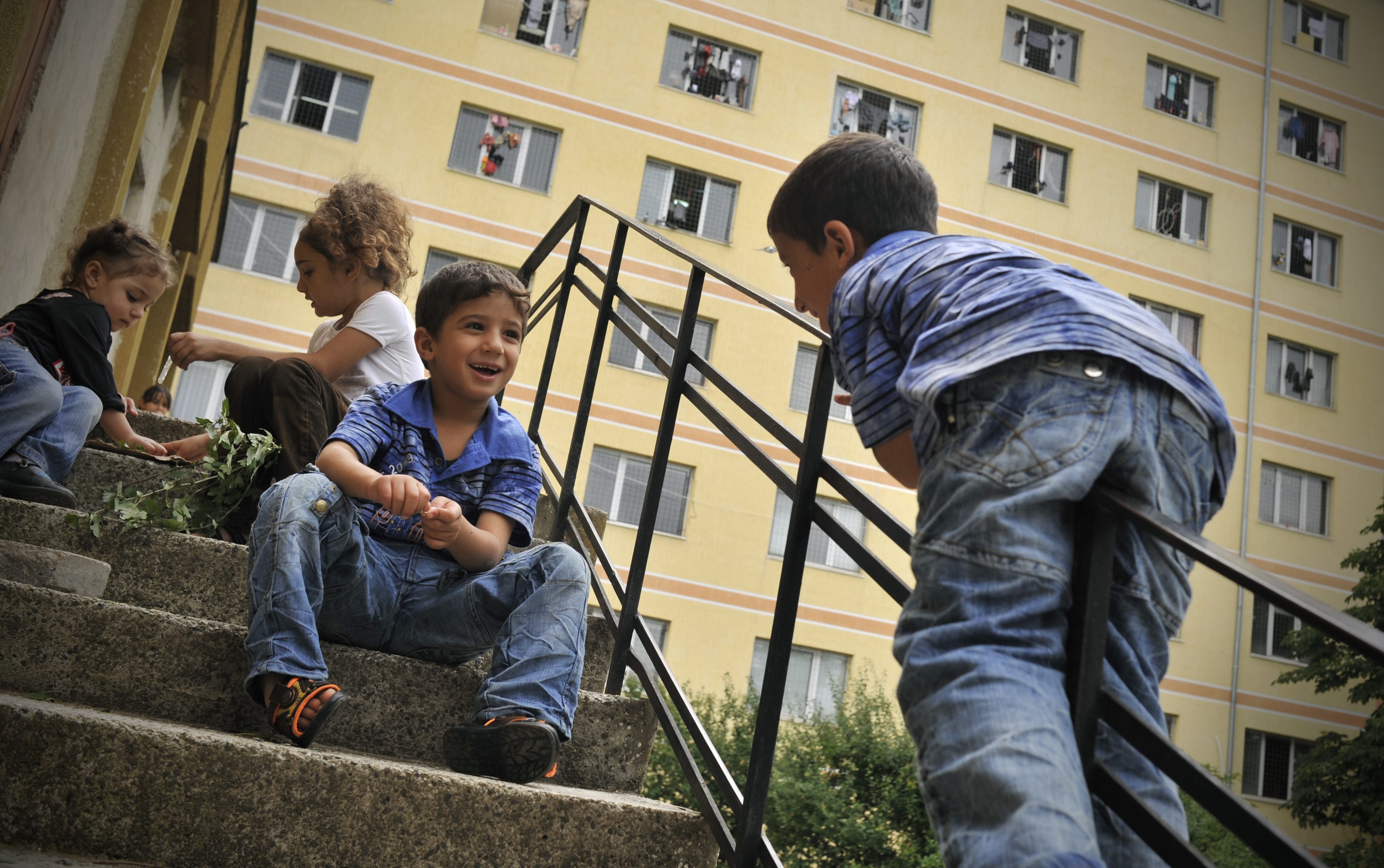European asylum statistics
European asylum statistics
We are releasing two new charts of asylum statistics today. The first is a ten-year overview of the number of asylum applications in 30 industrialized countries, including all of Western and Central Europe. Given the somewhat frenzied political debate taking place in a number of European countries over the past month, this chart contains some rather striking facts.
Firstly the total number of asylum-seekers arriving in the EU last year is only a little over half of what it was ten years earlier in 1992. Second, if you look at the annual average figure for each country, you will see that in many countries the numbers are not really so very high - particularly if you compare them with developing countries that have hundreds of thousands, or even - in the case of Iran and Pakistan - millions of refugees. Finally, you see a very clear reflection of reality: the numbers peaked in the early nineties, when two major wars were taking place within Europe itself in Croatia and Bosnia. The numbers then more than halved in the mid-1990s, before rising again at the end of the decade largely because of the Kosovo crisis. Since then they have remained fairly steady in the 350,000 to 400,000 range per year.
The second table, and accompanying bar charts, give an even clearer picture of the refugee realities hidden in the asylum figures. These show the top ten origins of the asylum-seekers arriving in Europe over the past decade. Seven of these countries have suffered, and in some cases are still suffering, major internal conflicts. The other three are countries that are also well-known to have produced genuine refugees. The bar charts provide even more clarity. Take Romania - which has produced the second highest number of asylum-seekers over the decade. The vast majority of these arrived in the space of two years - 1992-1993 - when the country was still very unstable following the dramatic fall of the Ceausescu regime. Since then the numbers have dropped to very low levels. The chart for the Federal Republic of Yugoslavia also more or less mirrors the pattern of the various Balkan wars. Similarly you see the product of the unresolved and festering situations in Afghanistan - at least until the end of last year - and Iraq. It is also striking that four of the top six asylum-seeker producing countries are European countries.
If you look at these statistics, you see very little support for the idea prevalent in several European countries: that they are being deluged by fraudulent asylum-seekers, that - to quote the common mantra - "the vast majority are bogus." These statements are themselves highly inaccurate and misleading. At the end of the day, fewer than half are successful in their asylum claims. However, those failing to get refugee or humanitarian status include large numbers of people from countries such as Taliban-controlled Afghanistan and Iraq. The refugee definition is strict. UNHCR does not believe that all Iraqis or all Afghans, to name just these two countries, should receive refugee status. However, it is patently extremely unfair to label people from countries such as these as "bogus" or "fraudulent." Even if they fail to qualify as refugees, it is more than understandable that they themselves think they are refugees - given the state of their countries, given the basic suppression of human rights, and the sanctions and military campaigns against their regimes.
UNHCR is concerned that the current debate in Europe is getting considerably over-heated. If this results in rushed policy and law-making, it could have very dangerous results for future refugees, either in terms of gaining access to Europe at all, or in getting a fair hearing and decent treatment once they are here.
There may well be major problems managing immigration in Europe, major problems in some countries with the integration of foreigners of all sorts. But to paint the asylum-seekers - and the large numbers of very deserving refugees among them - as the main element of the problem is wrong. Asylum-seekers form only a smallish part of the overall immigration picture in Europe. And let's not forget, many of them go home. Not just those who fail in their claims and are deported but many others - for example tens of thousands of the Romanians who came in the early 1990s returned home once the situation stabilized, and the same is true of the Kosovars and may other Central Europeans.





